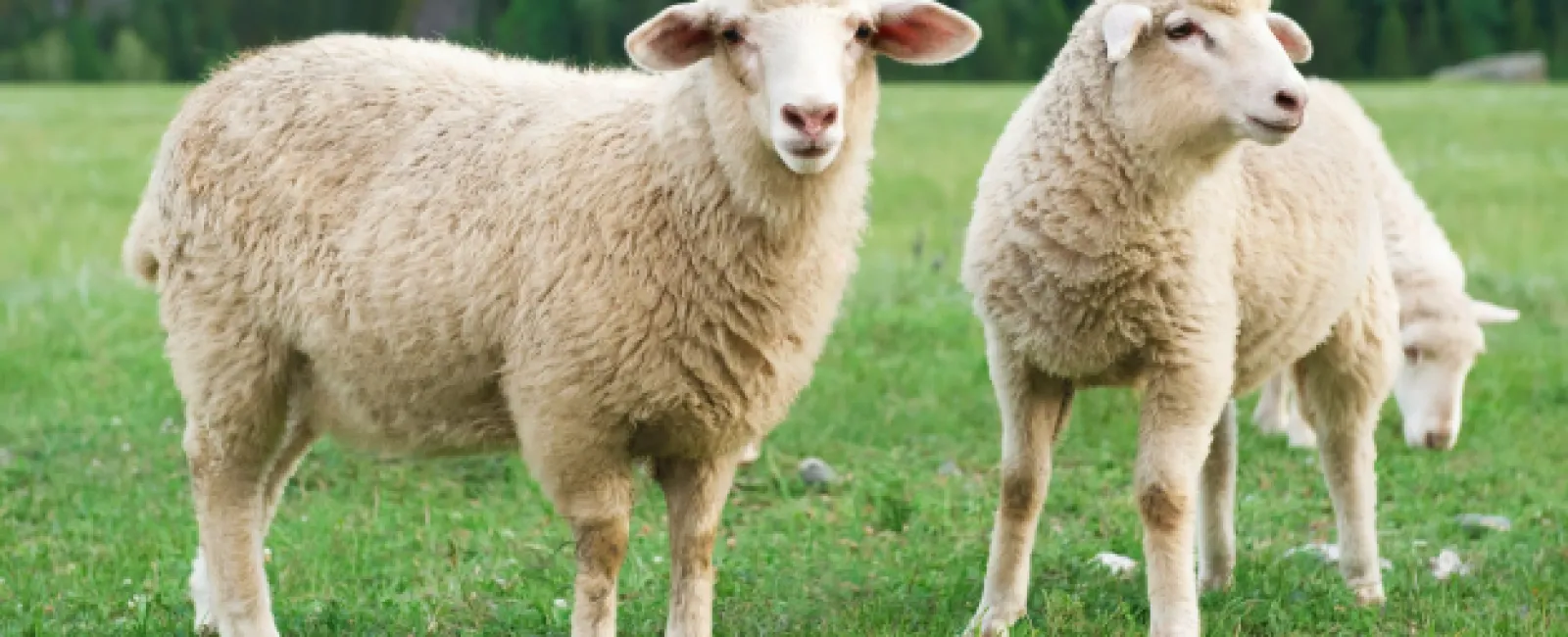When it comes to protecting vehicles from rust and corrosion, lanolin-based undercoating stands out as a natural, effective solution. But what exactly is lanolin, why do sheep produce it, and how does it become such a powerful protector for your car? Let's dive into the journey of lanolin — from fluffy sheep to a sturdy shield for your vehicle.
Why Do Sheep Produce Lanolin?
Sheep secrete lanolin from their sebaceous glands to keep their wool waterproof and their skin moisturized. Much like our skin and hair secretes oil. This waxy substance protects them from harsh weather, repelling rain and keeping their fleece from becoming waterlogged. Sheep live most of their lives outdoors often in harsh and cold weather, and they have evolved to produce lanolin to withstand those elements. Nature is a beautiful thing! The lanolin they produce coats their skin and wool and acts like a natural barrier, preserving the integrity and health of their wool and skin.
We humans secrete oil from our skin and hair as well, but it's properties are not as strong. We haven't spent thousands of years living and evolving outside on rainy, windy hillsides like sheep have!
What Makes Lanolin Ideal for Vehicle Undercoating?
Lanolin's natural properties make it an exceptional choice for rust prevention. It's highly hydrophobic, meaning it repels water, which is crucial for stopping rust. Unlike petroleum-based products, lanolin is non-toxic and environmentally friendly. It is also highly viscous (thick) and clings better to metal surfaces, even creeping into small crevices and forming a durable, flexible barrier that doesn't crack or peel over time. It will also self correct itself - meaning if it is scratched, it can gel over to "repair" itself.
Don't Worry. No Sheep Are Hurt.
The collection of lanolin is a completely cruelty-free process that naturally occurs during regular sheep-shearing. The shearing itself is essential for the sheep's health and comfort, and lanolin is simply extracted from the wool afterward. This process ensures the animals remain unharmed and well-cared for at all times.
